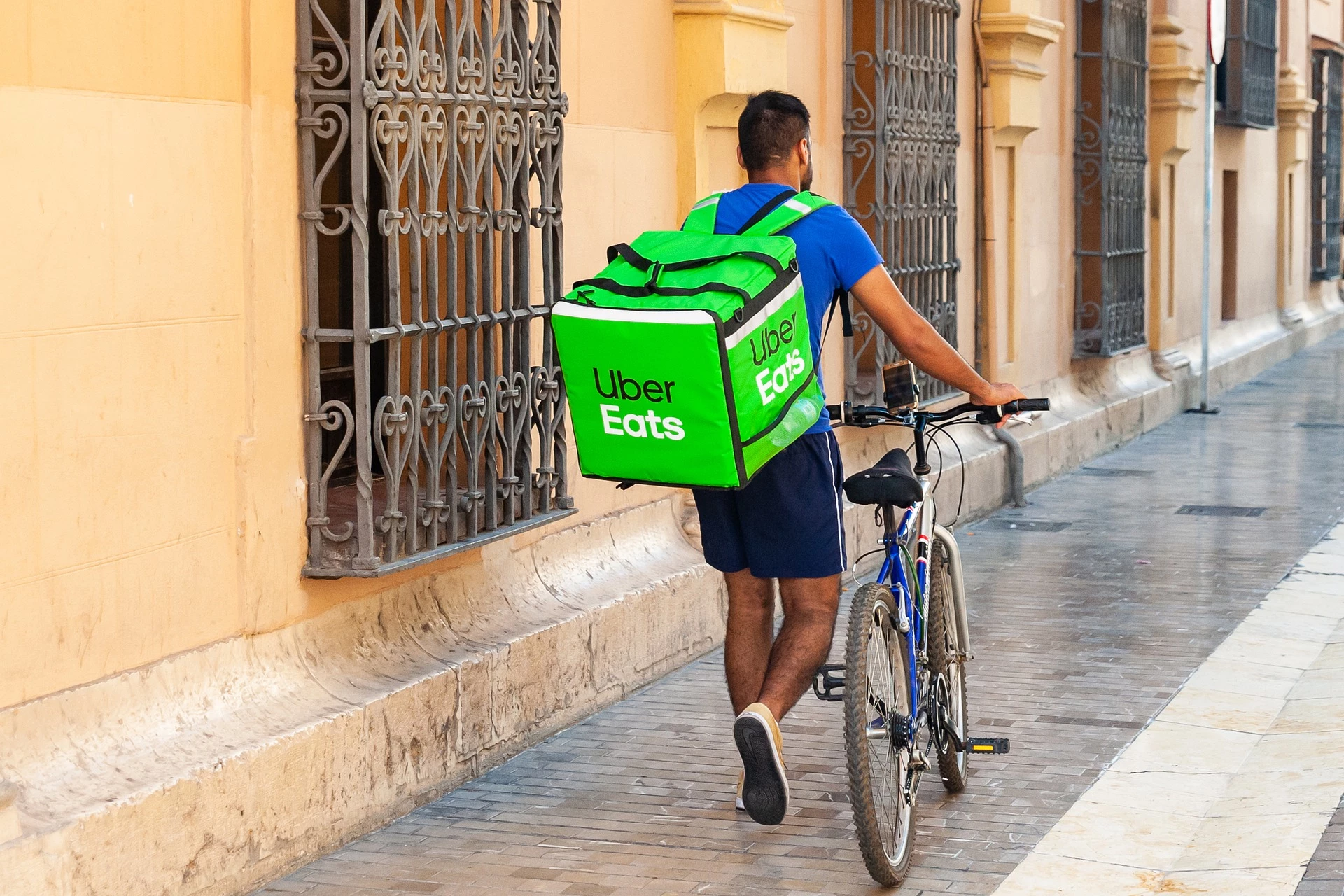
Partner Article
UK shoppers embracing ‘Food-To-Go’ presenting a challenge for supermarkets
New research shows that four out of every five shoppers in the UK have eaten a meal that wasn’t prepared at home in the last month and this activity is having a clear impact on the grocery sector with 1 in 10 shoppers believing that their spending on household food has reduced as a direct result of their ‘food-to-go’ spending habits.
The research, to be published shortly by shopper behaviour insight specialists Shoppercentric in its 50th Shopper Stock Take Report, confirms that Millennials and GenZ shoppers are at the heart of the trend and are doing so more often than they were two years ago.
44% of the 25-34 age group said they had had food delivered to their home or office in the last month by the likes of Deliveroo, UberEats, or Dominos compared with 33% of the 35-44 age group and just 25% of the 45-54 age group. The trend is growing with almost a fifth of respondents (19%) saying they were having food delivered “way more” than two years ago and a quarter (25%) “a little more” than two years ago.
When asked if they had bought food to eat on the go in a coffee shop or sandwich shop, 60% of the 18-24 year olds and 58% of the 25-34 year olds had, compared with less than a third (31%) of the 55-64 age group and only 27% of the over 65s.
1 in 10 shoppers believe that their household food spending has reduced as a direct result of their ‘food-to-go’ spending habits. Younger shoppers form the demographic group most likely to say the growth in the ‘food-to-go’ sector means they are spending less on groceries for home, with 22% of 18-24 year olds and 15% of 25-34 year olds agreeing they are spending less compared with just 9% of the 35-44 year olds; 5% of 45-54 year olds, 6% of the 55-64s and 5% of the over 65s.
“The research shows us that widening choice, easy accessibility, and pricing to cater for all tastes and budgets, means that many shoppers relying on ‘food-to-go’ believe their spending in those outlets will increase, which likely means more pressure on grocery spending,” explains Jamie Rayner, Managing Director of Shoppercentric.
“Perhaps most worryingly for already under-pressure grocery retailers is that cash rich Millennials, and GenZ, are at the heart of this trend. They are the age groups who are most likely to have eaten food when out, or that was prepared away from the home. They are doing this more often and they are the ones most likely to say food-to-go is causing them to spend less on groceries.”
Rayner says there remains, of course, the possibility that these younger shoppers will turn into more budget conscious, cook at home parents as they get older though he doubts food-to-go really is a passing phase. Habits are forming.
“The fact that the food-to-go category is embracing healthier options and sustainability more quickly than grocery retailers means that no one in the grocery sector can afford to turn a blind eye to this challenge. For the supermarkets, food-to-go is a competitor hiding in plain sight and presents a growing challenge to which they need to rise.”
This was posted in Bdaily's Members' News section by Adam Gilbert .
Enjoy the read? Get Bdaily delivered.
Sign up to receive our popular morning National email for free.








 A year of growth, collaboration and impact
A year of growth, collaboration and impact
 2000 reasons for North East business positivity
2000 reasons for North East business positivity
 How to make your growth strategy deliver in 2026
How to make your growth strategy deliver in 2026
 Powering a new wave of regional screen indies
Powering a new wave of regional screen indies
 A new year and a new outlook for property scene
A new year and a new outlook for property scene
 Zero per cent - but maximum brand exposure
Zero per cent - but maximum brand exposure
 We don’t talk about money stress enough
We don’t talk about money stress enough
 A year of resilience, growth and collaboration
A year of resilience, growth and collaboration
 Apprenticeships: Lower standards risk safety
Apprenticeships: Lower standards risk safety
 Keeping it reel: Creating video in an authenticity era
Keeping it reel: Creating video in an authenticity era
 Budget: Creating a more vibrant market economy
Budget: Creating a more vibrant market economy
 Celebrating excellence and community support
Celebrating excellence and community support